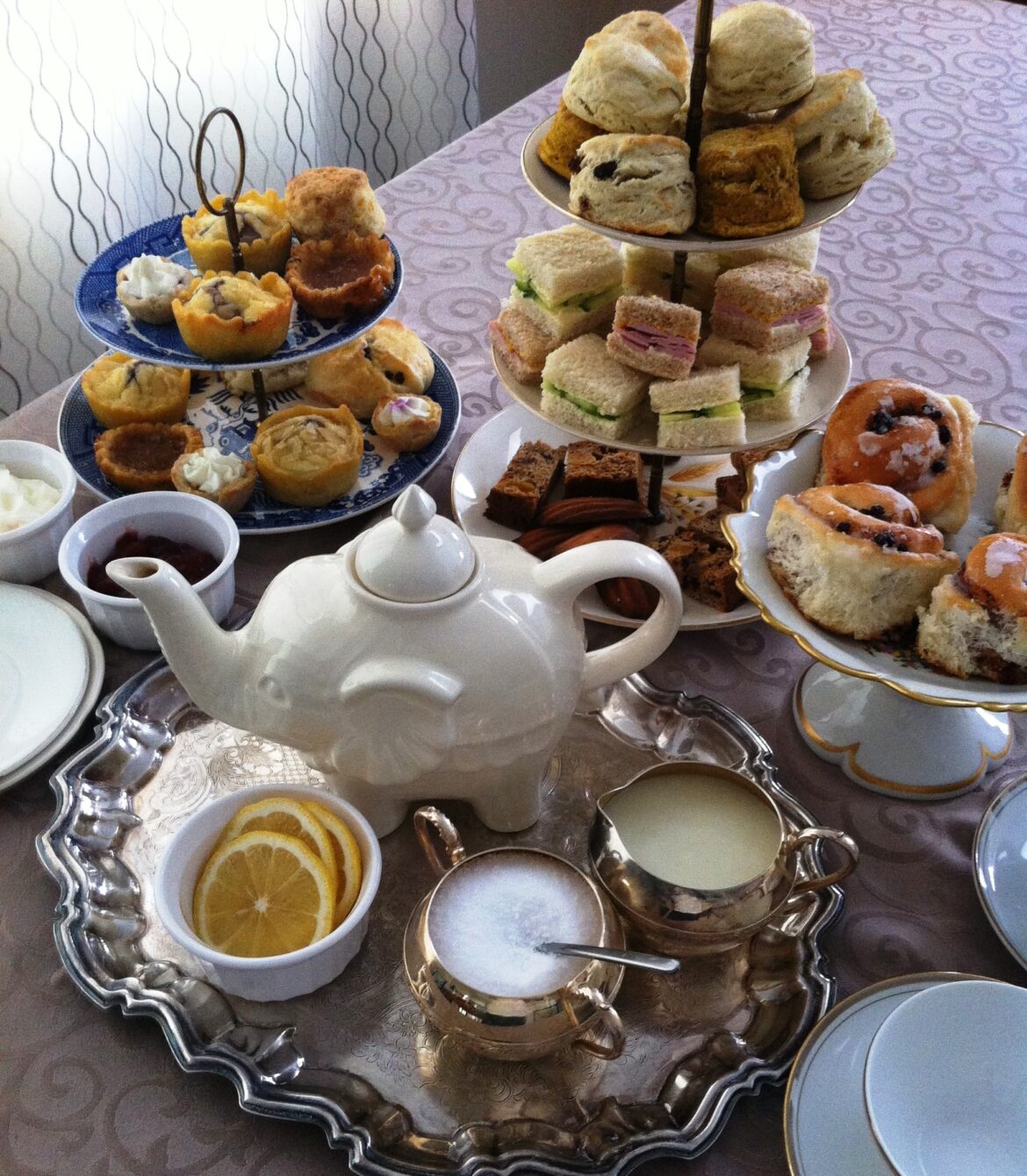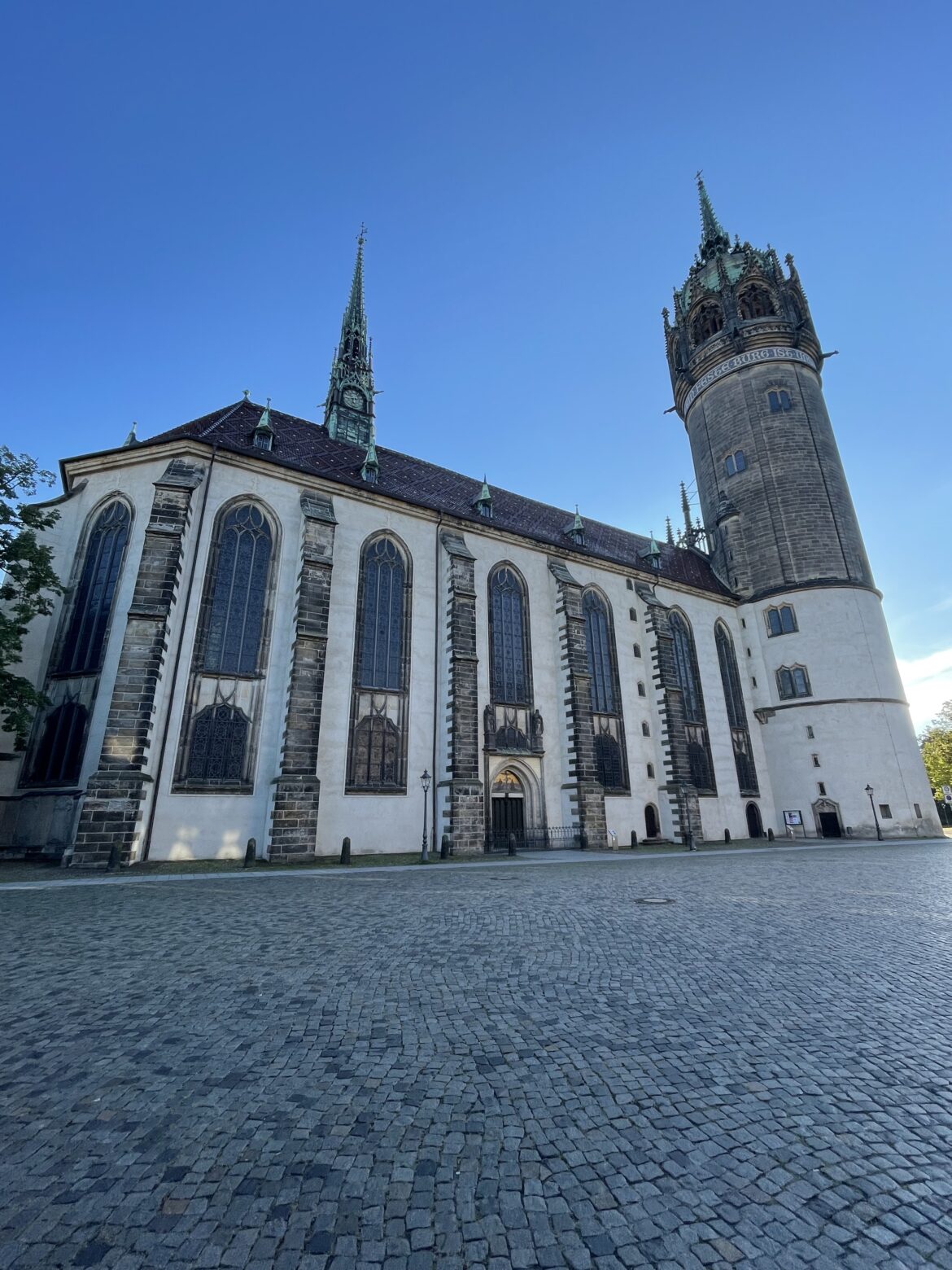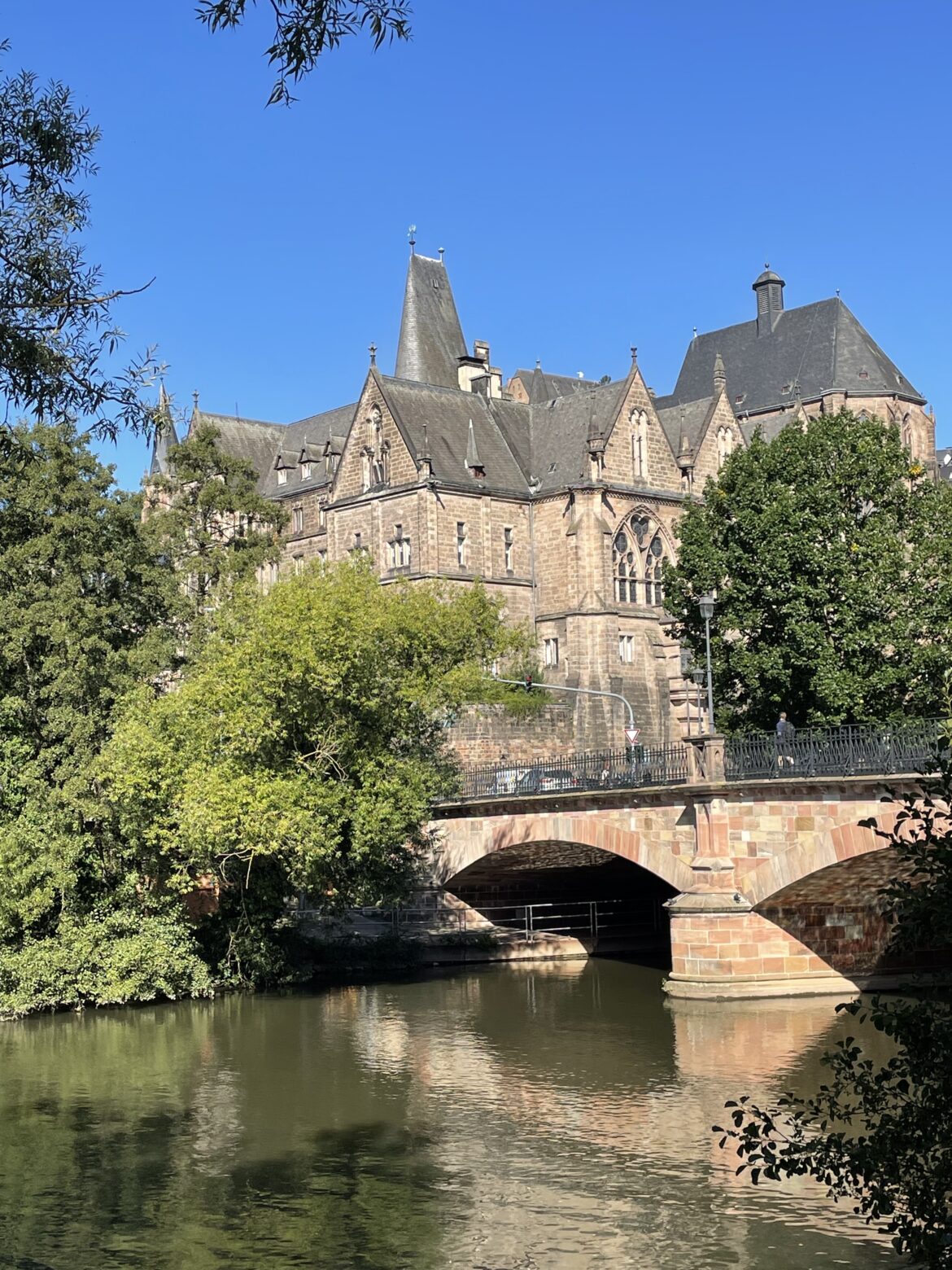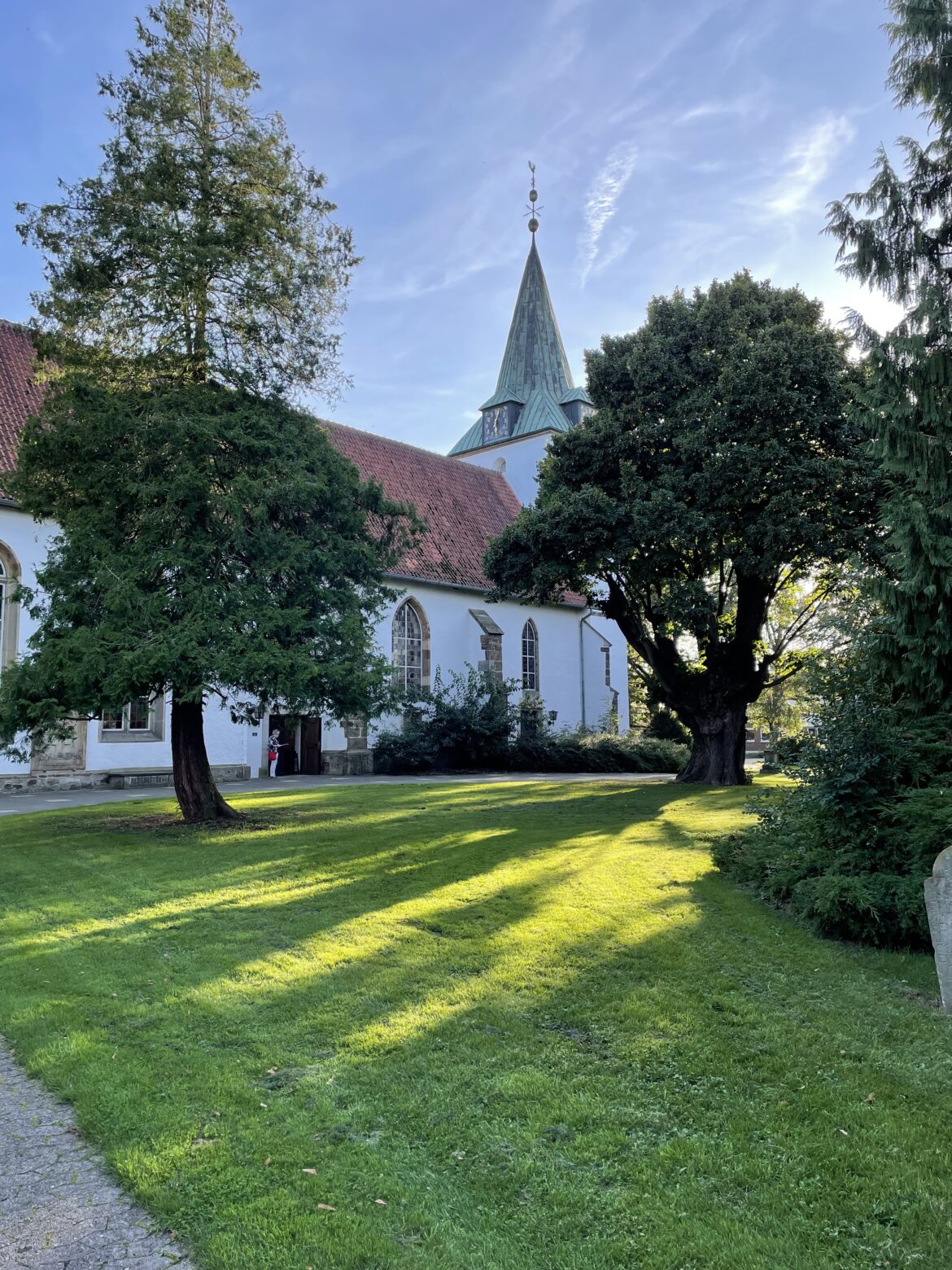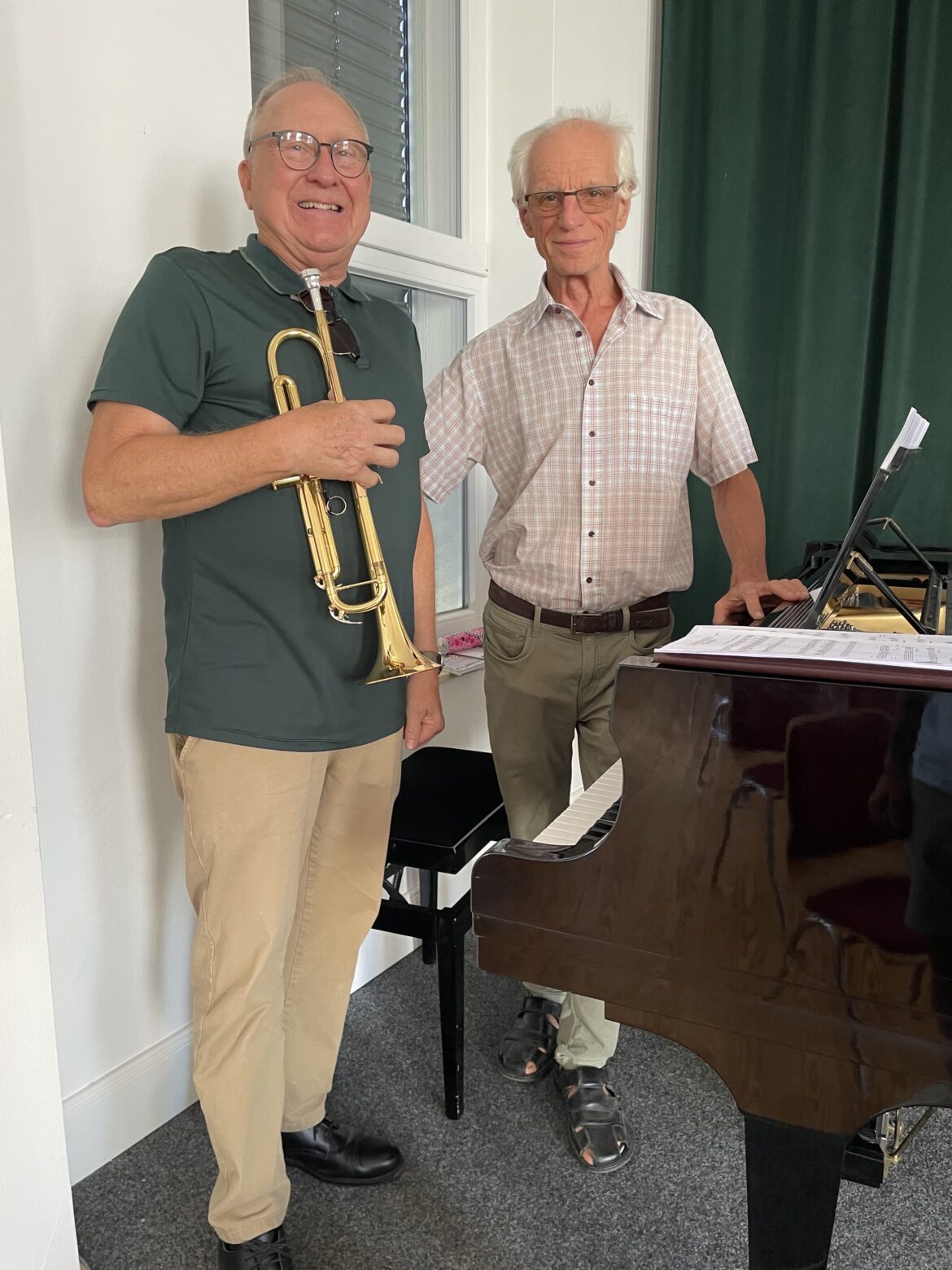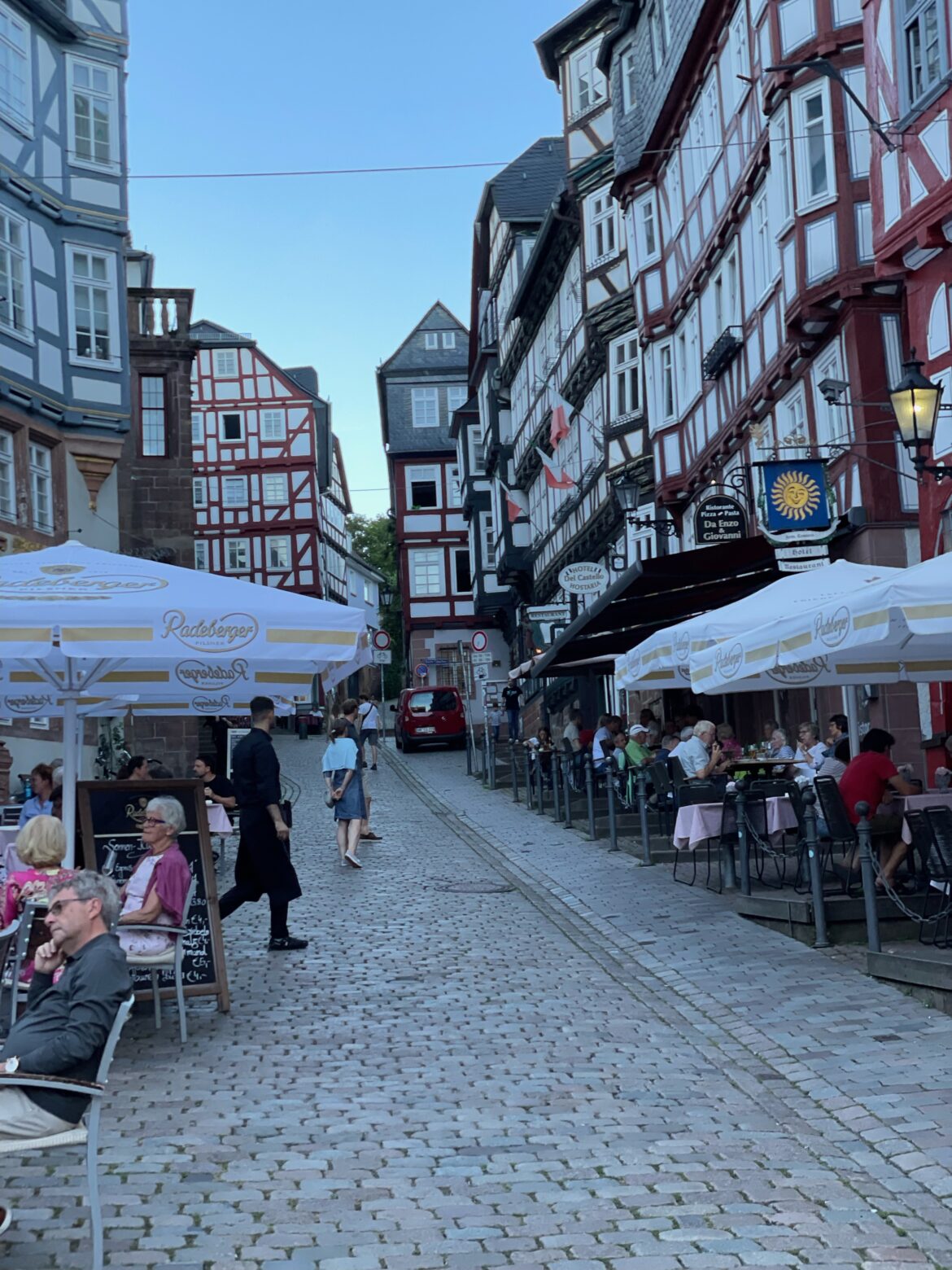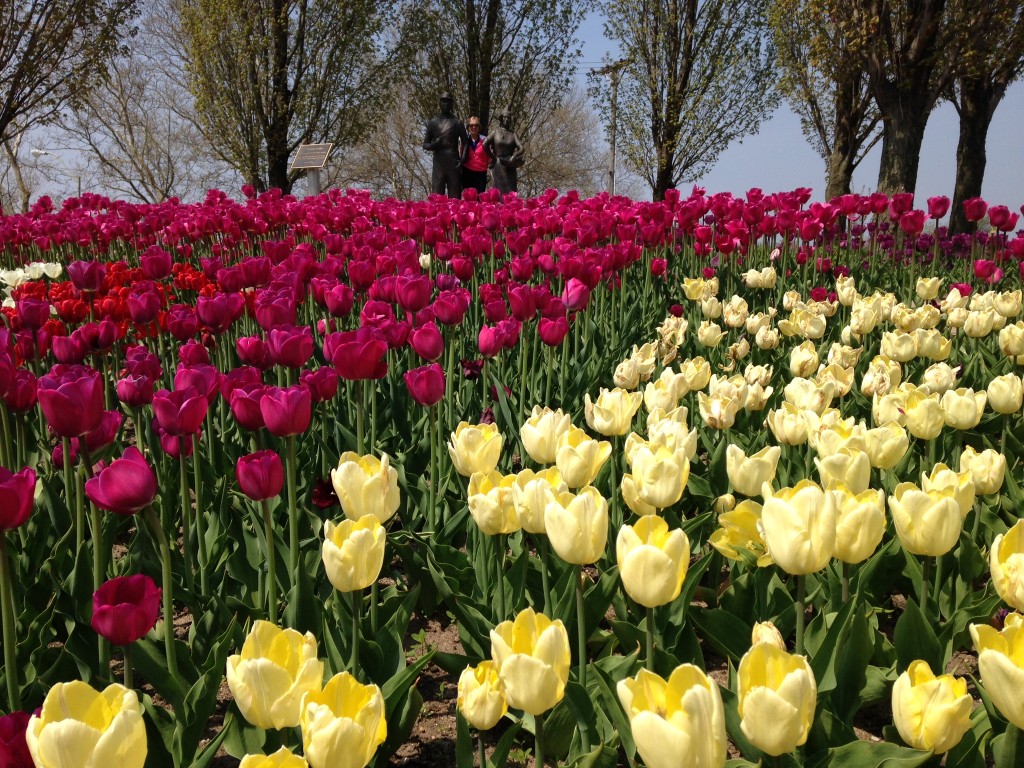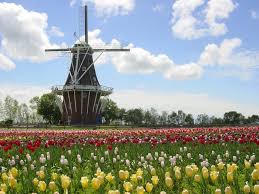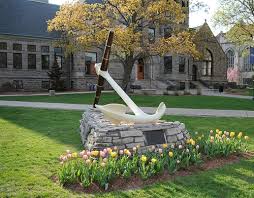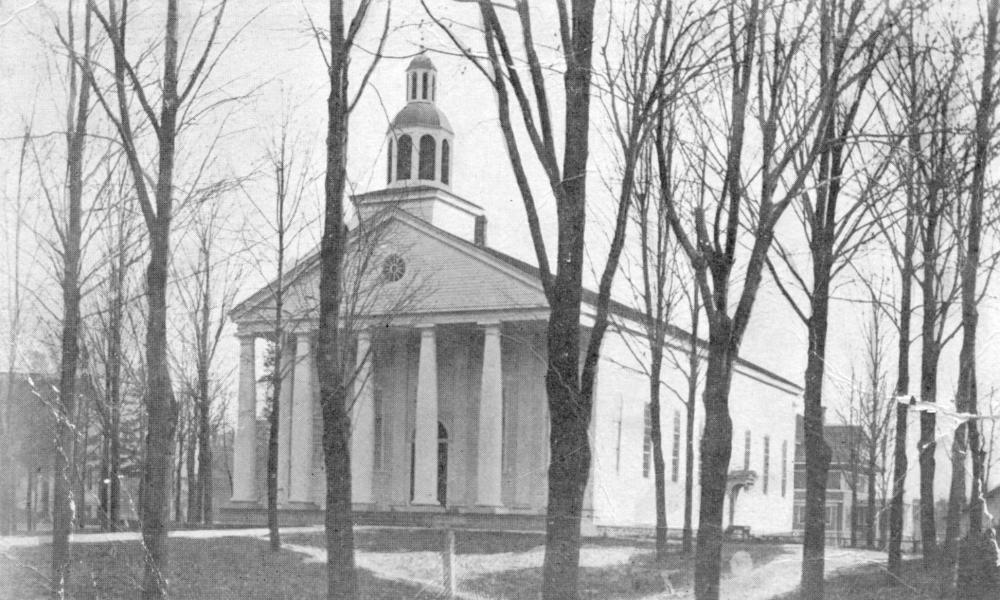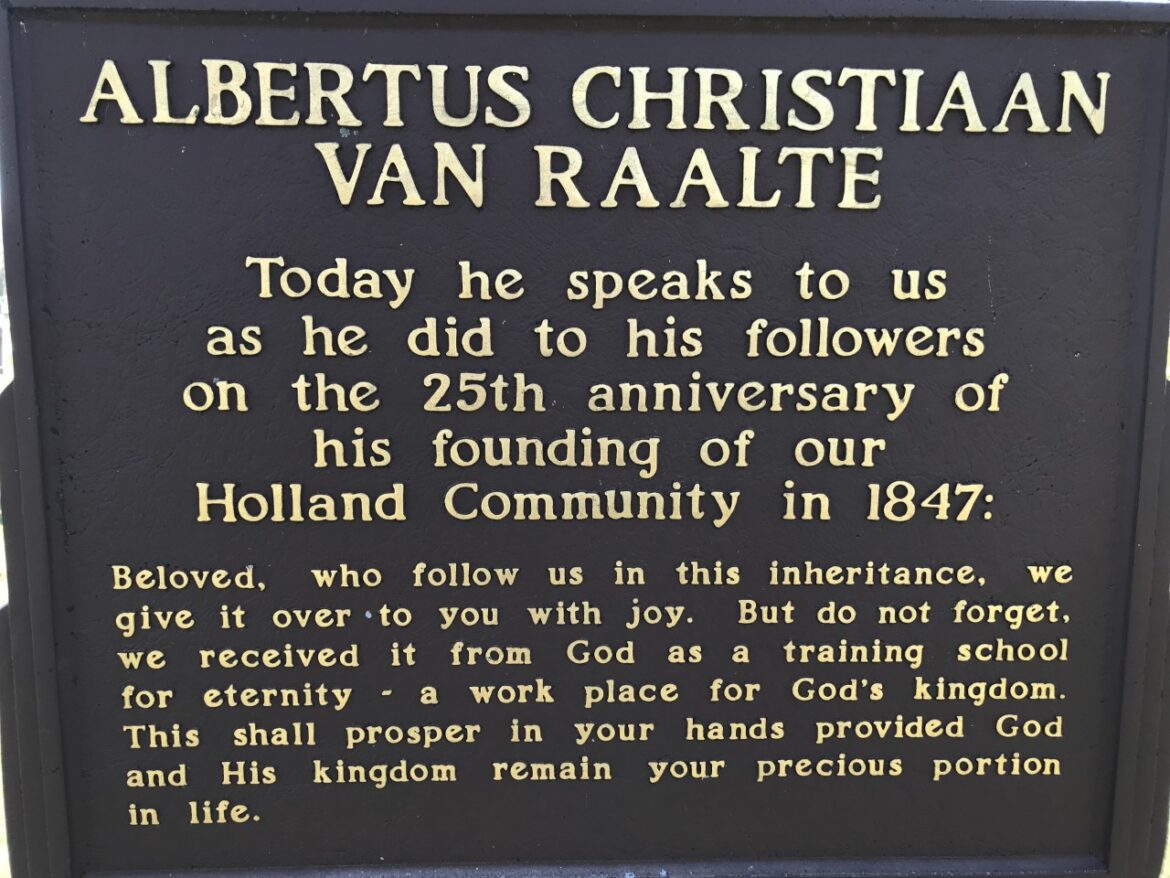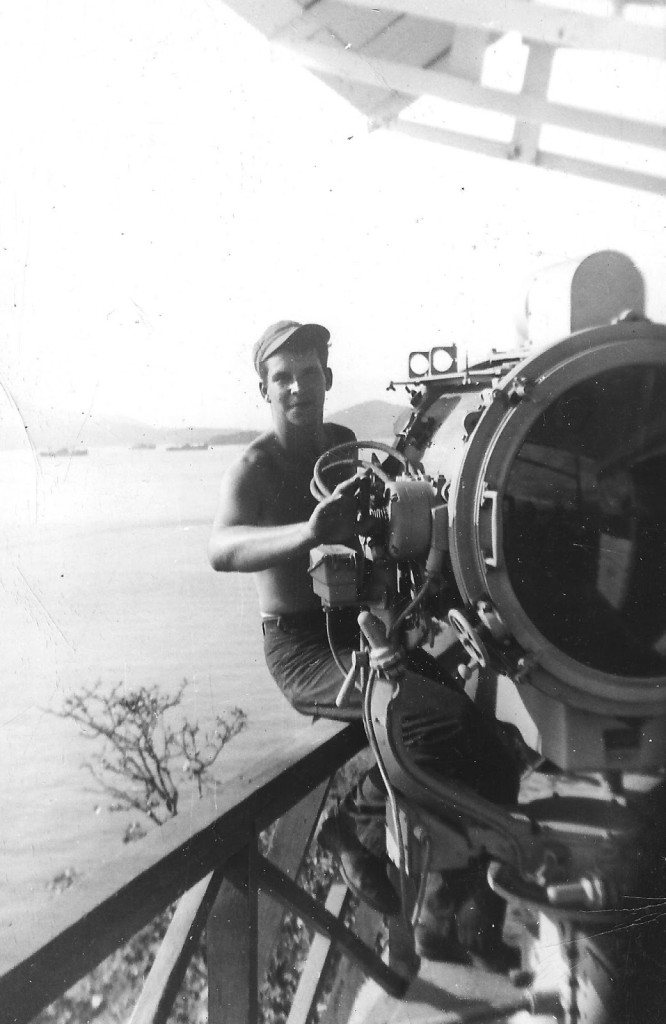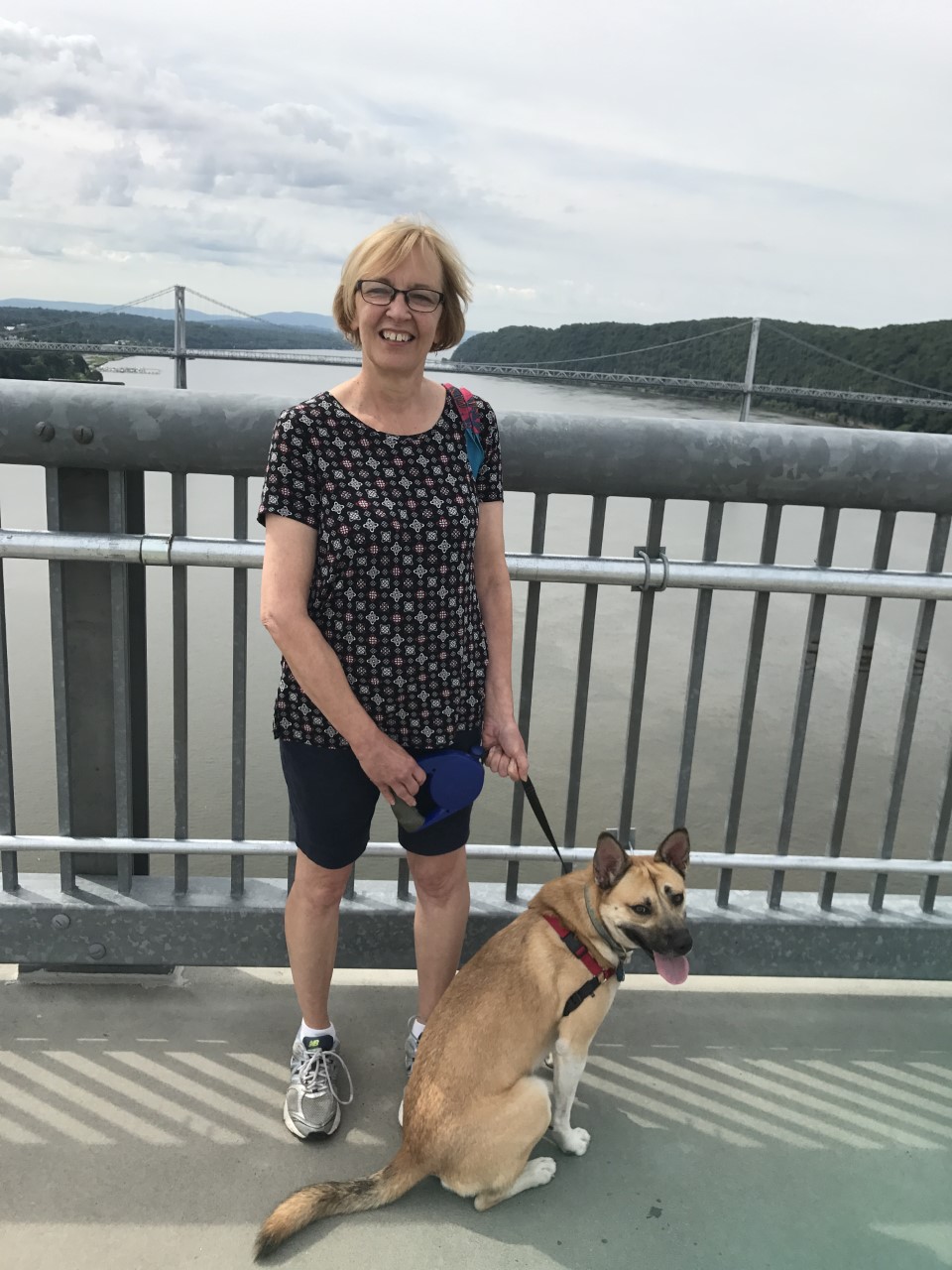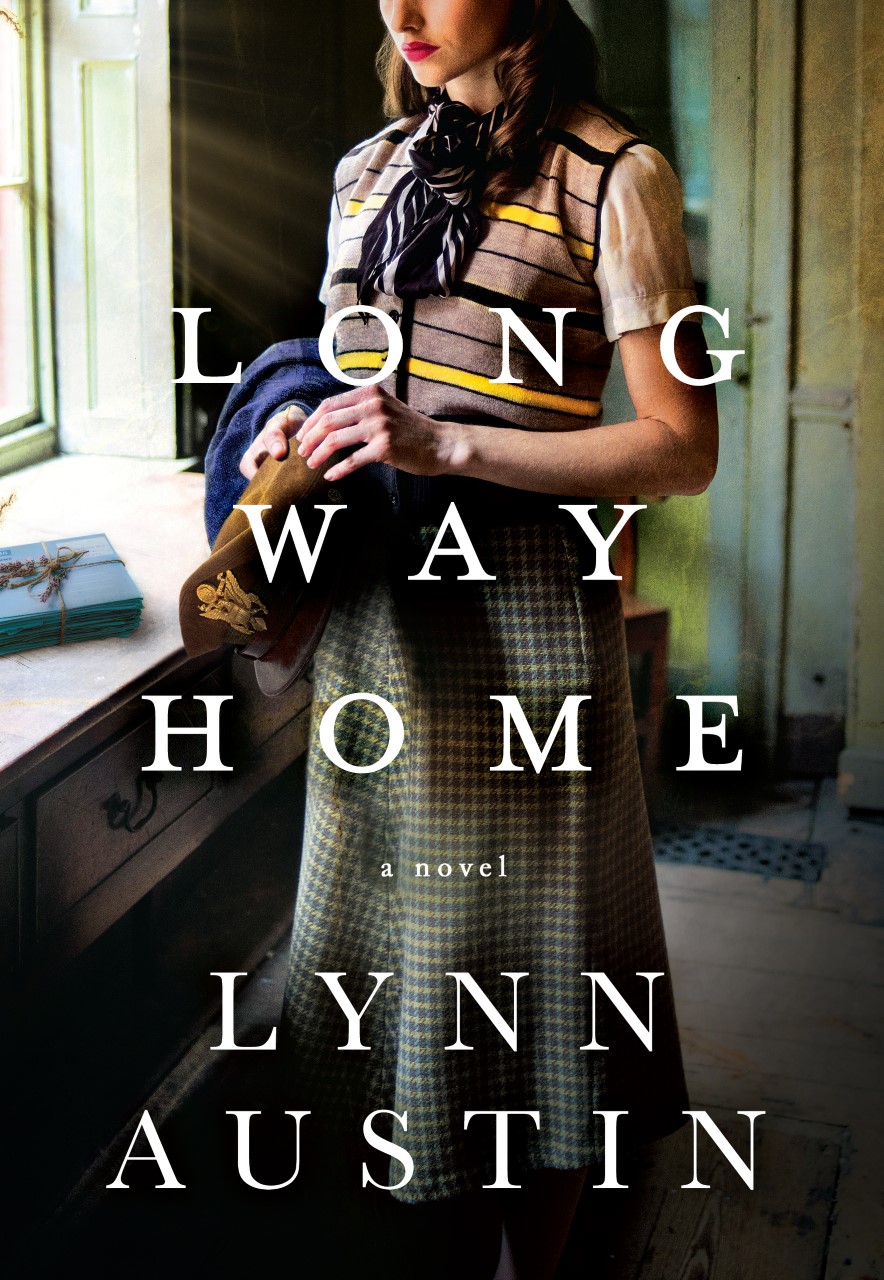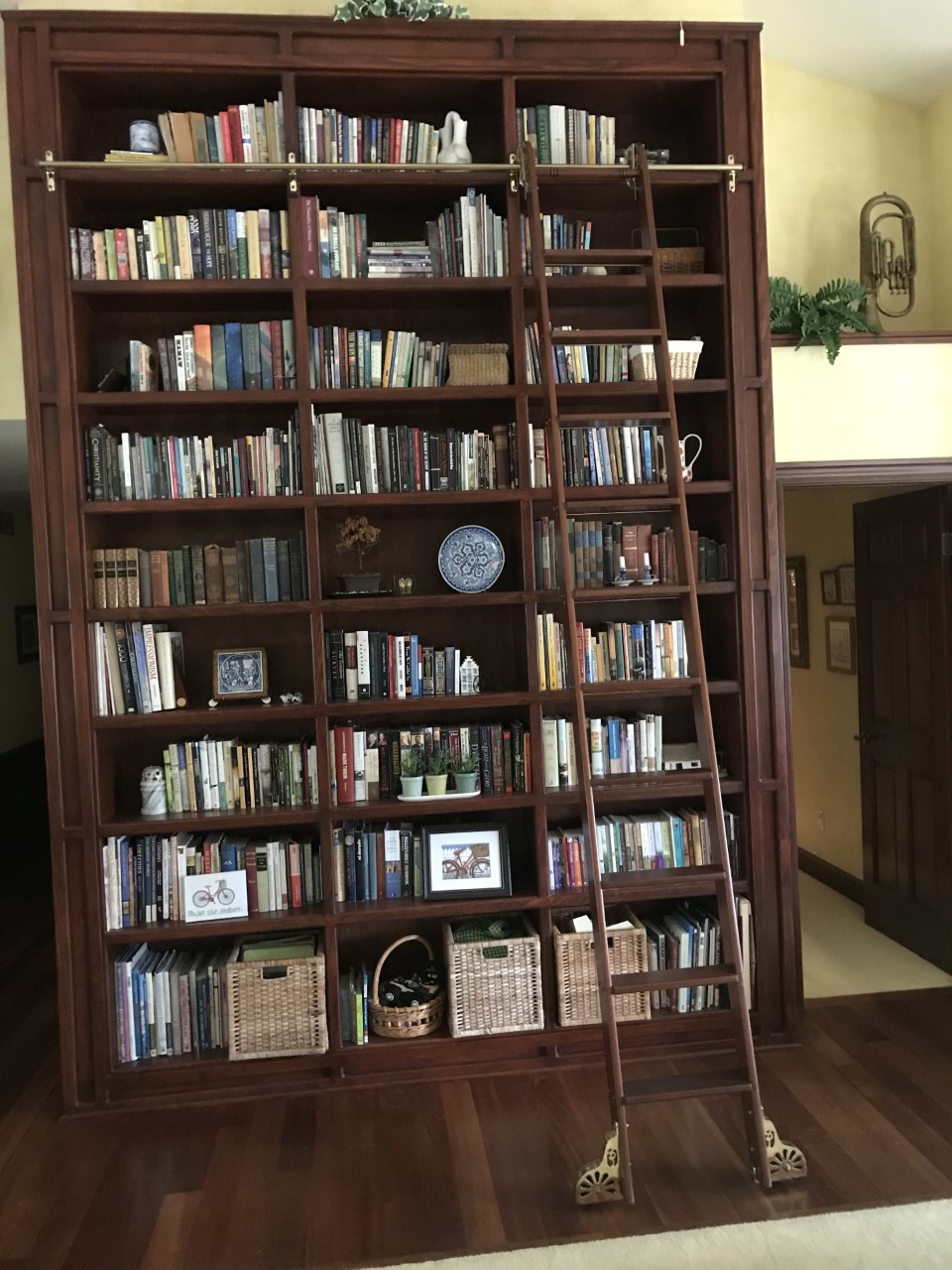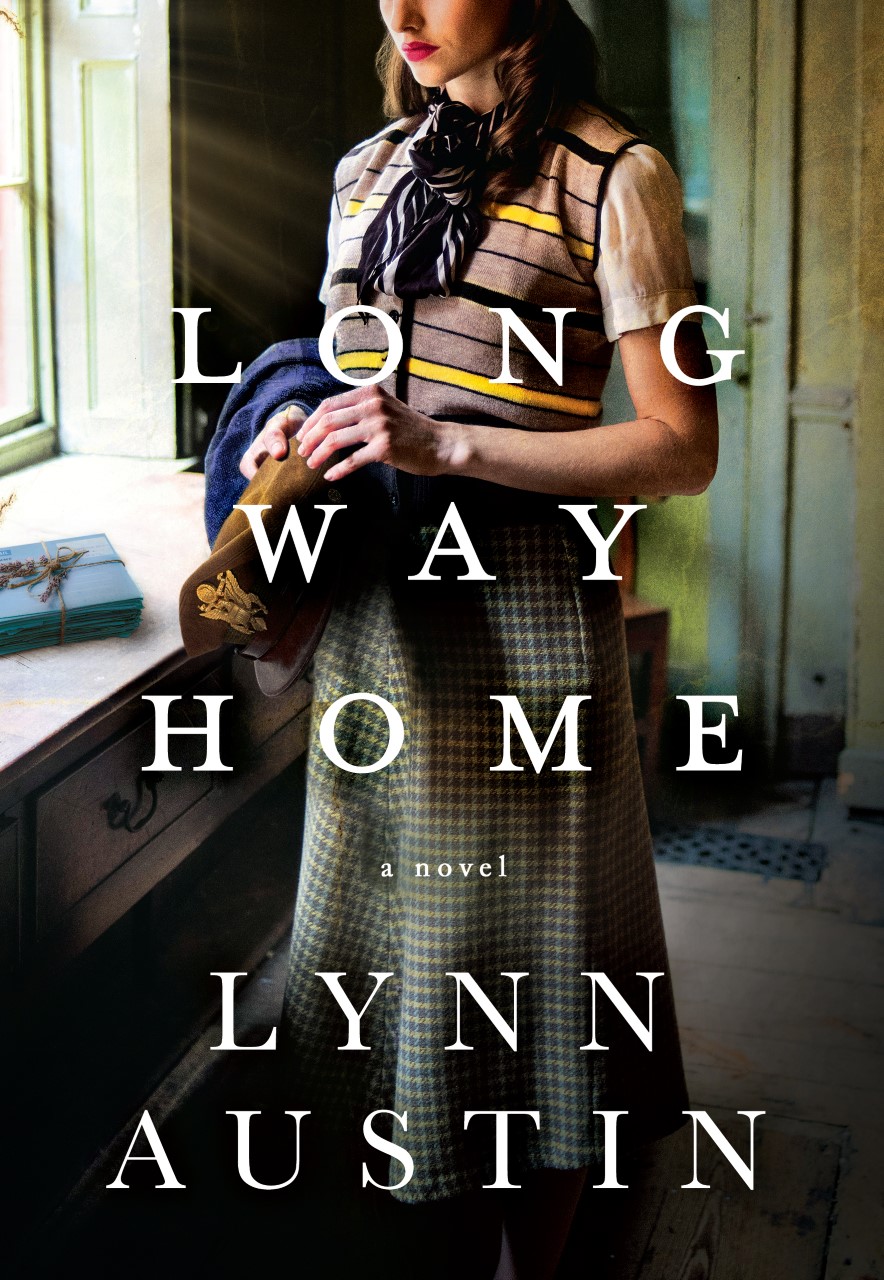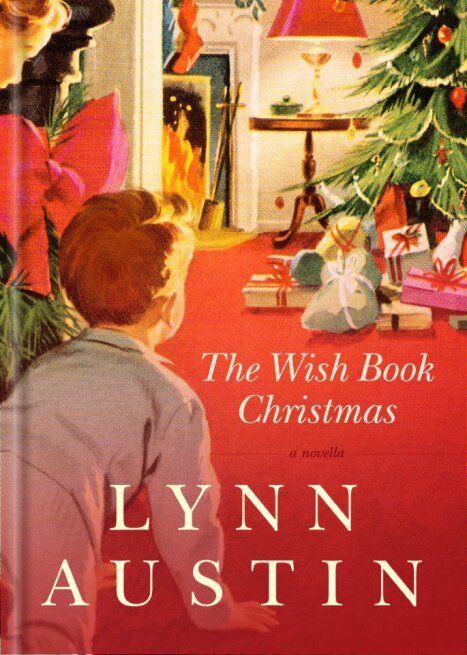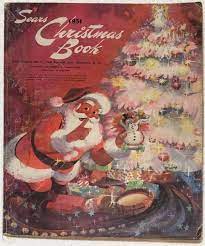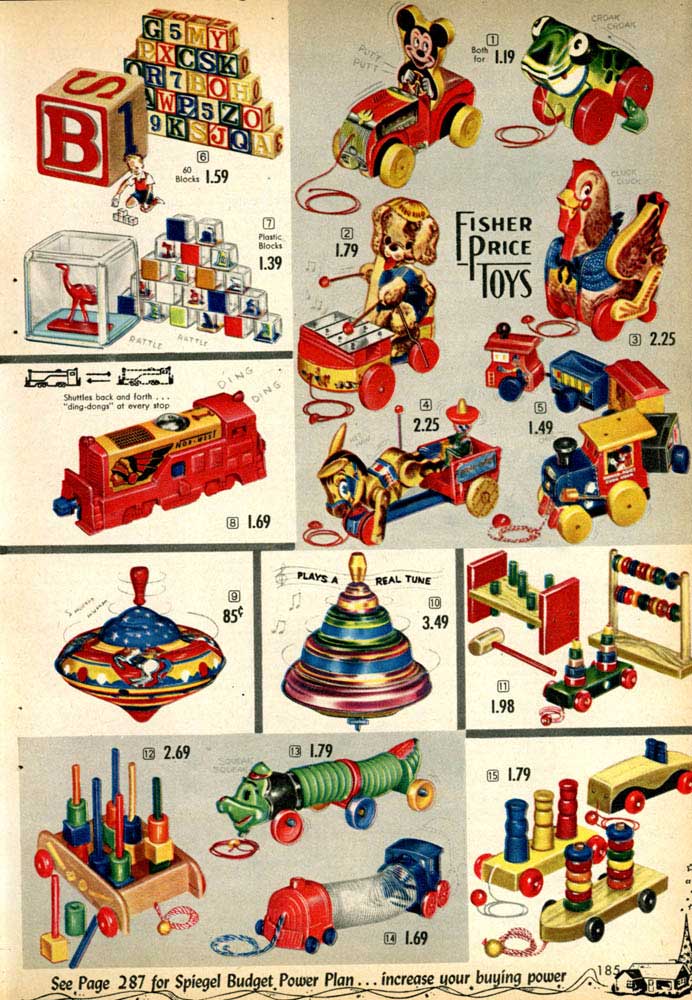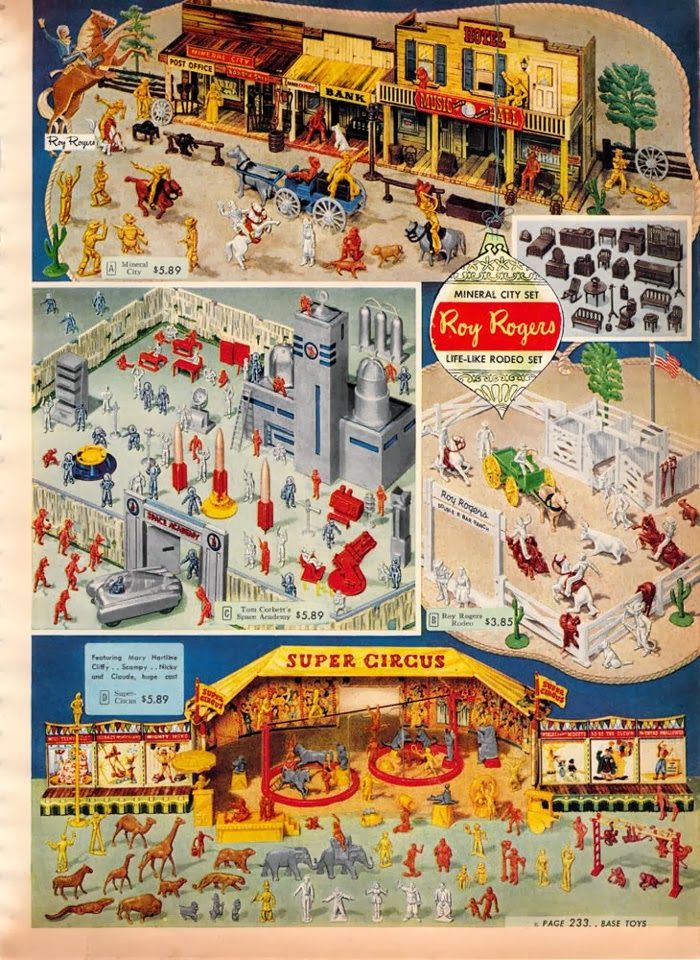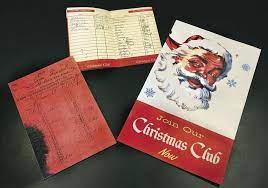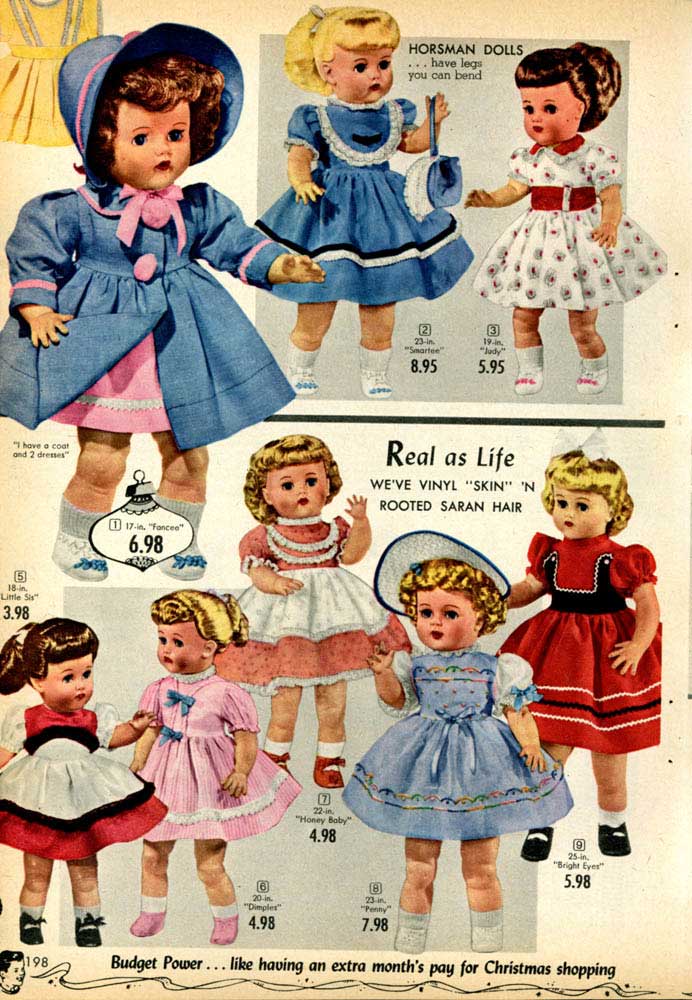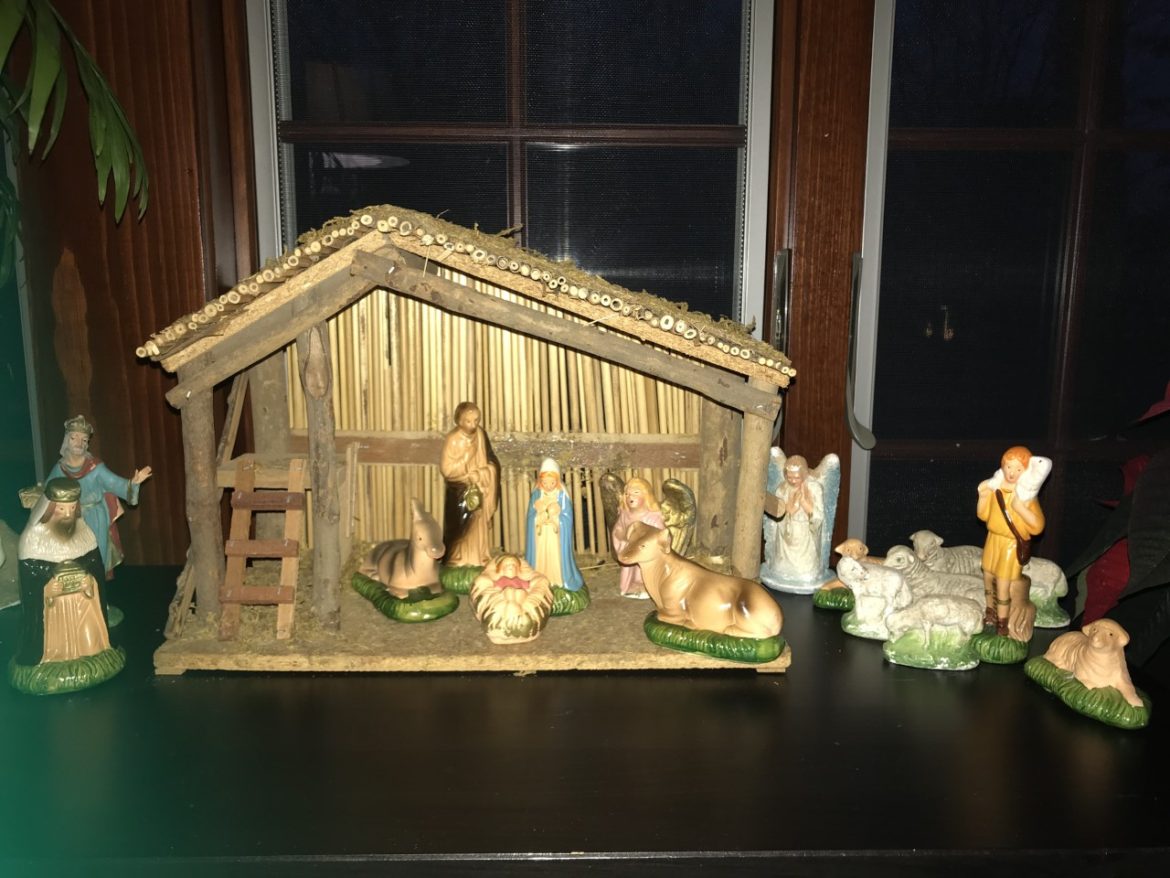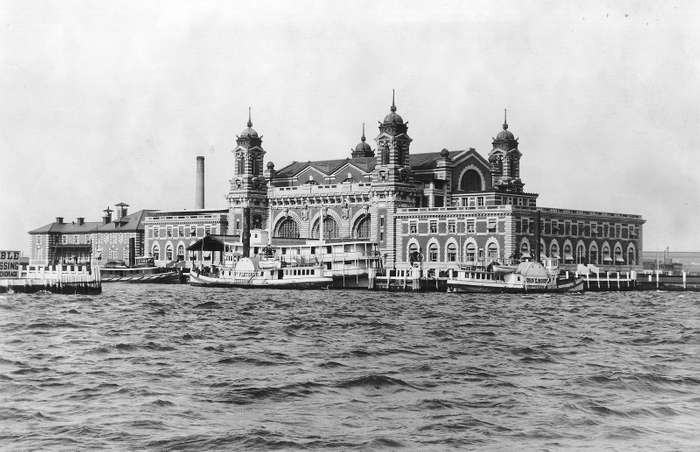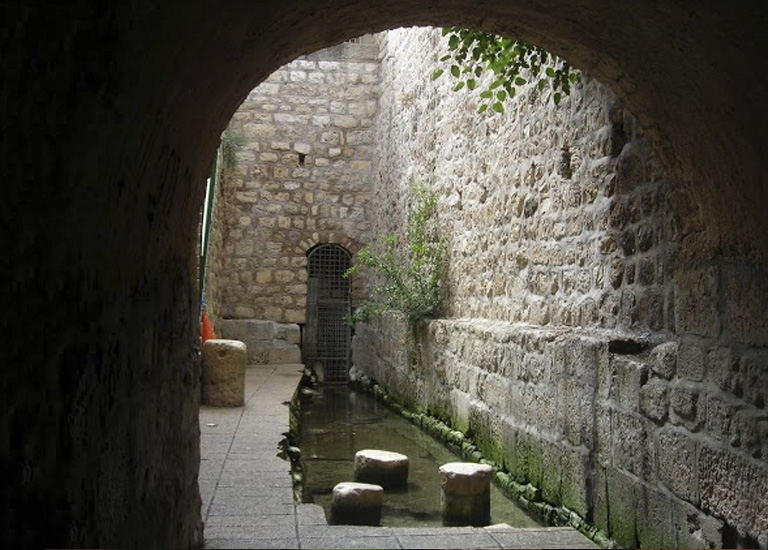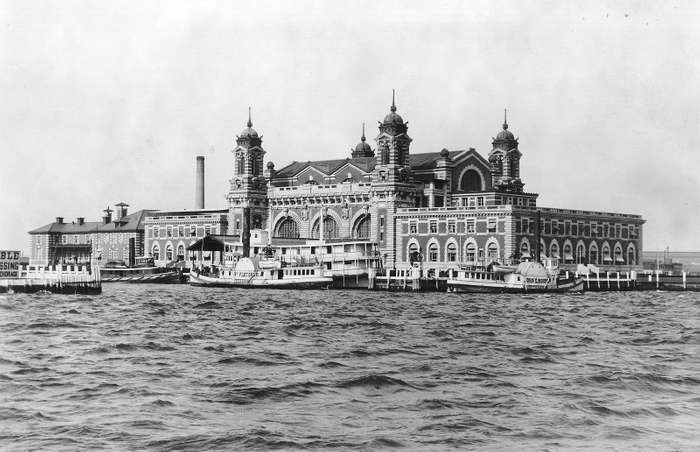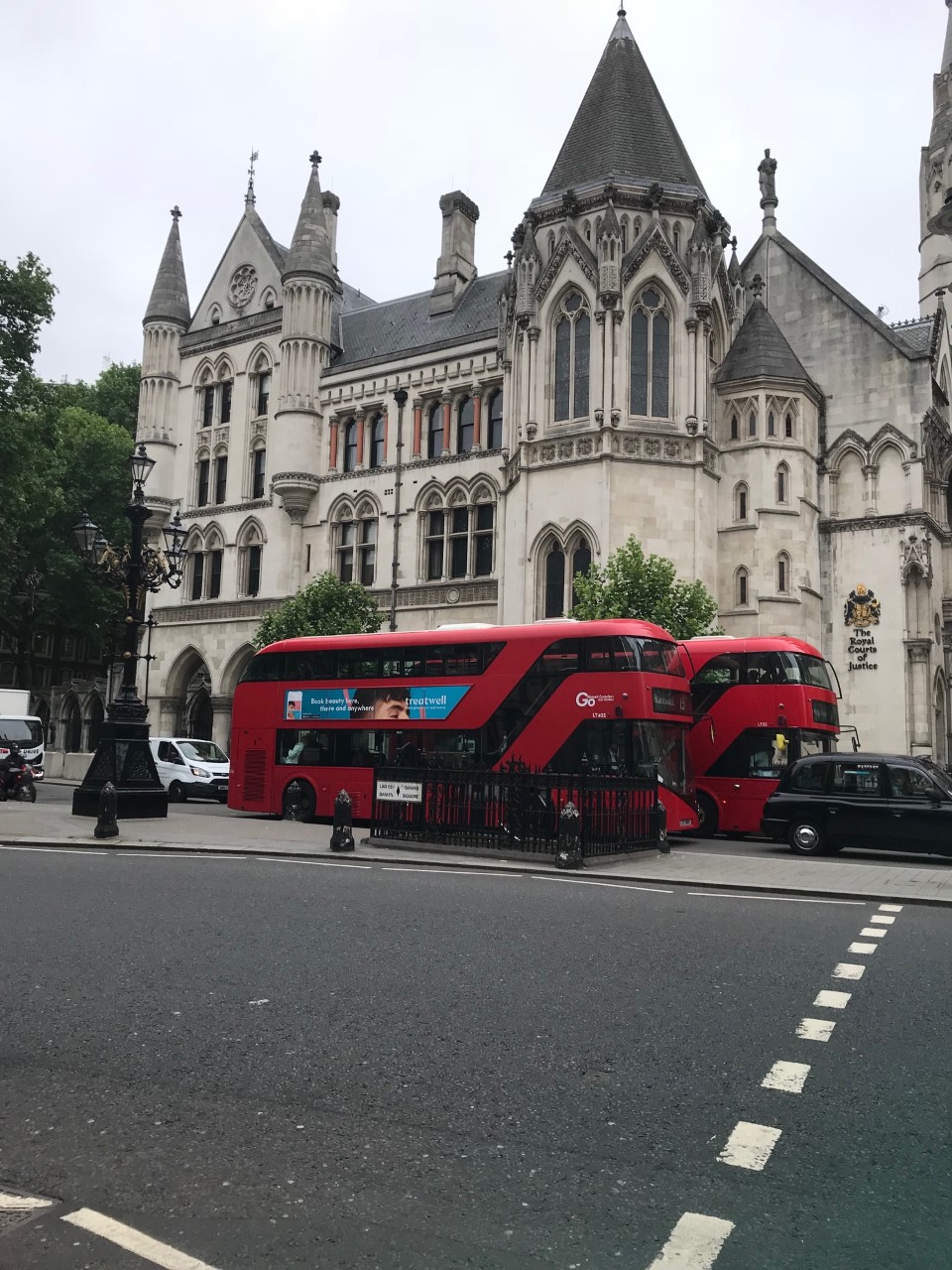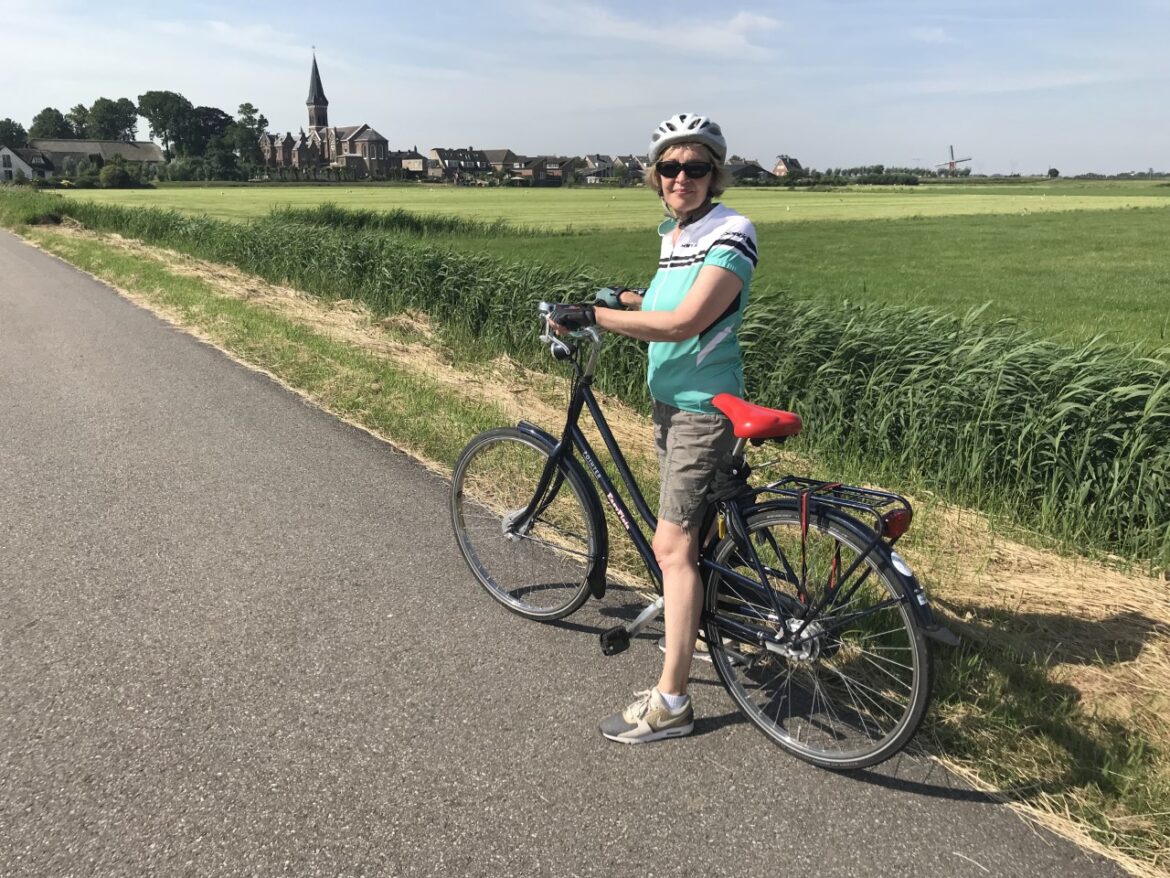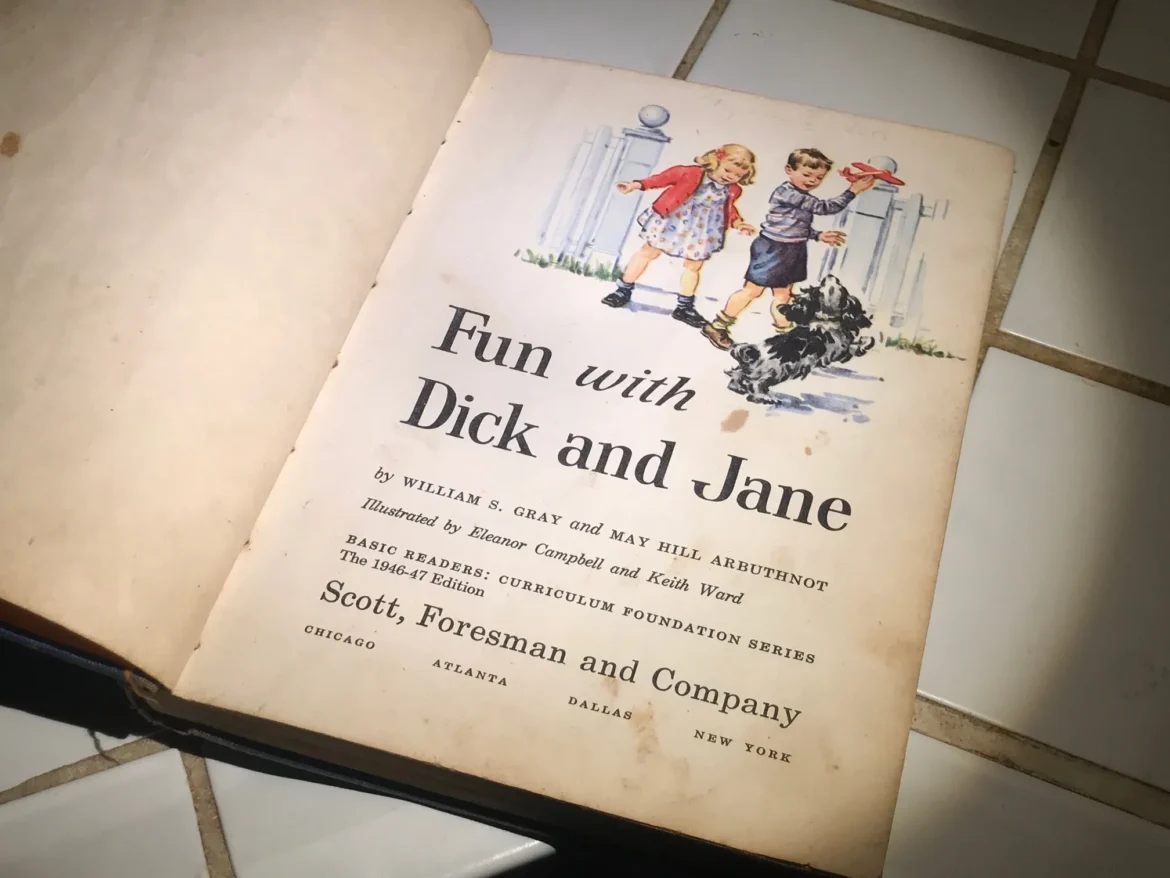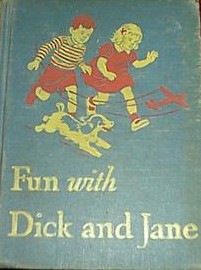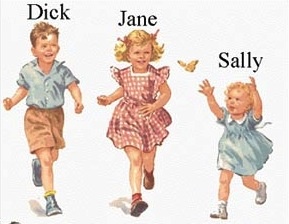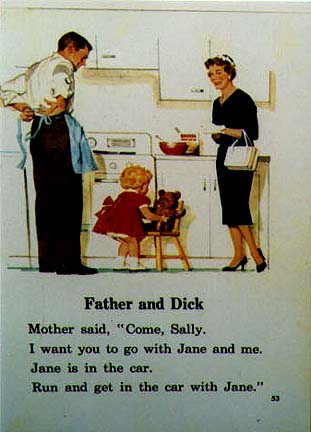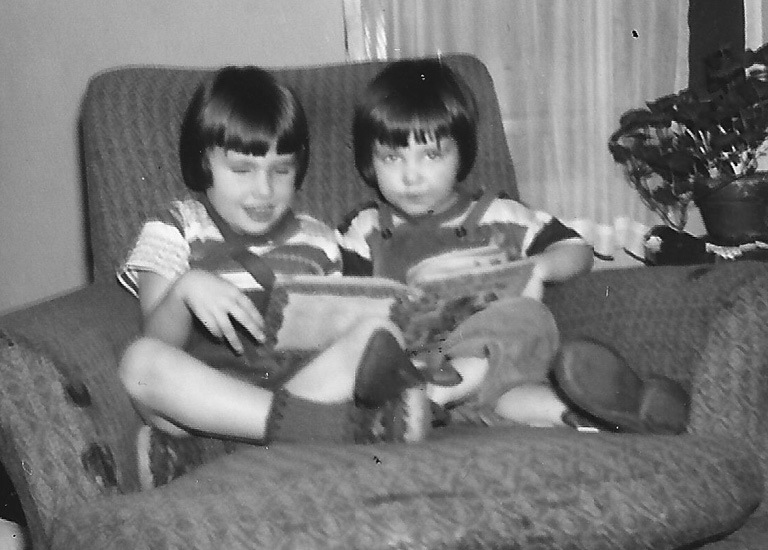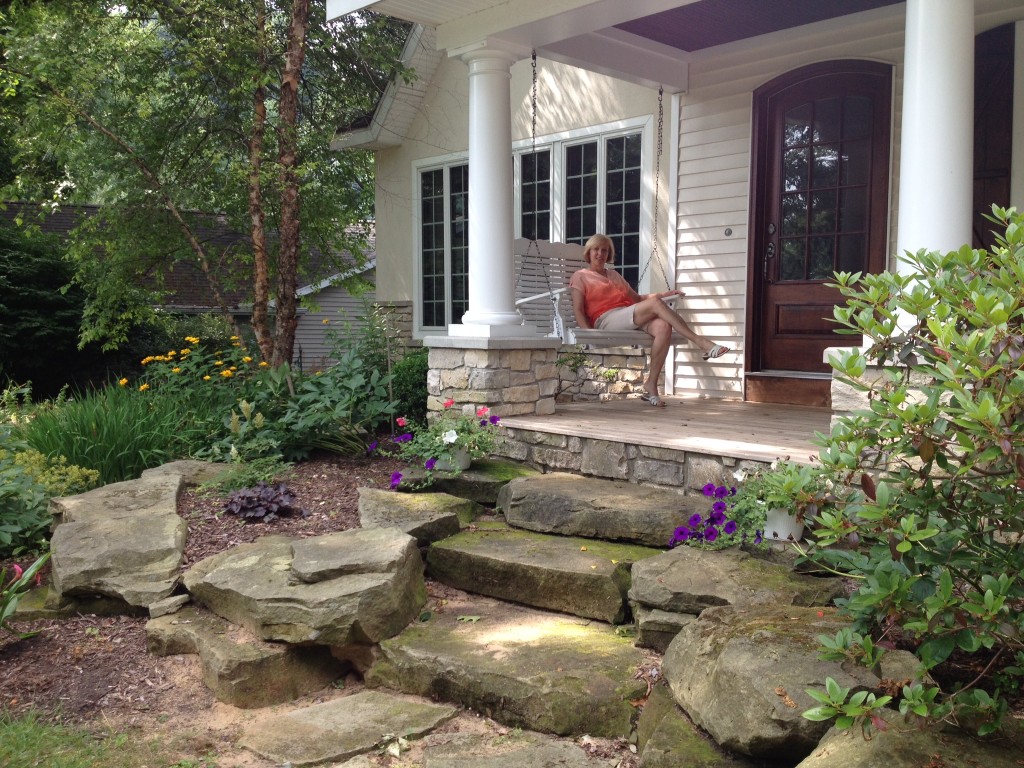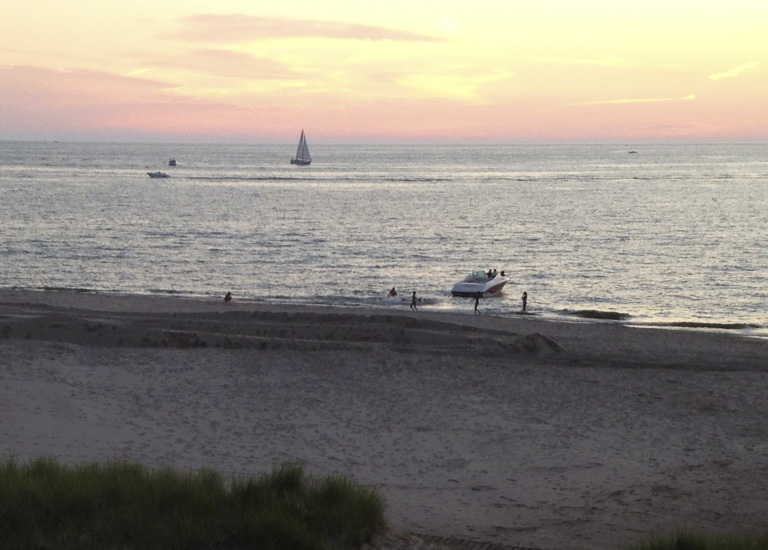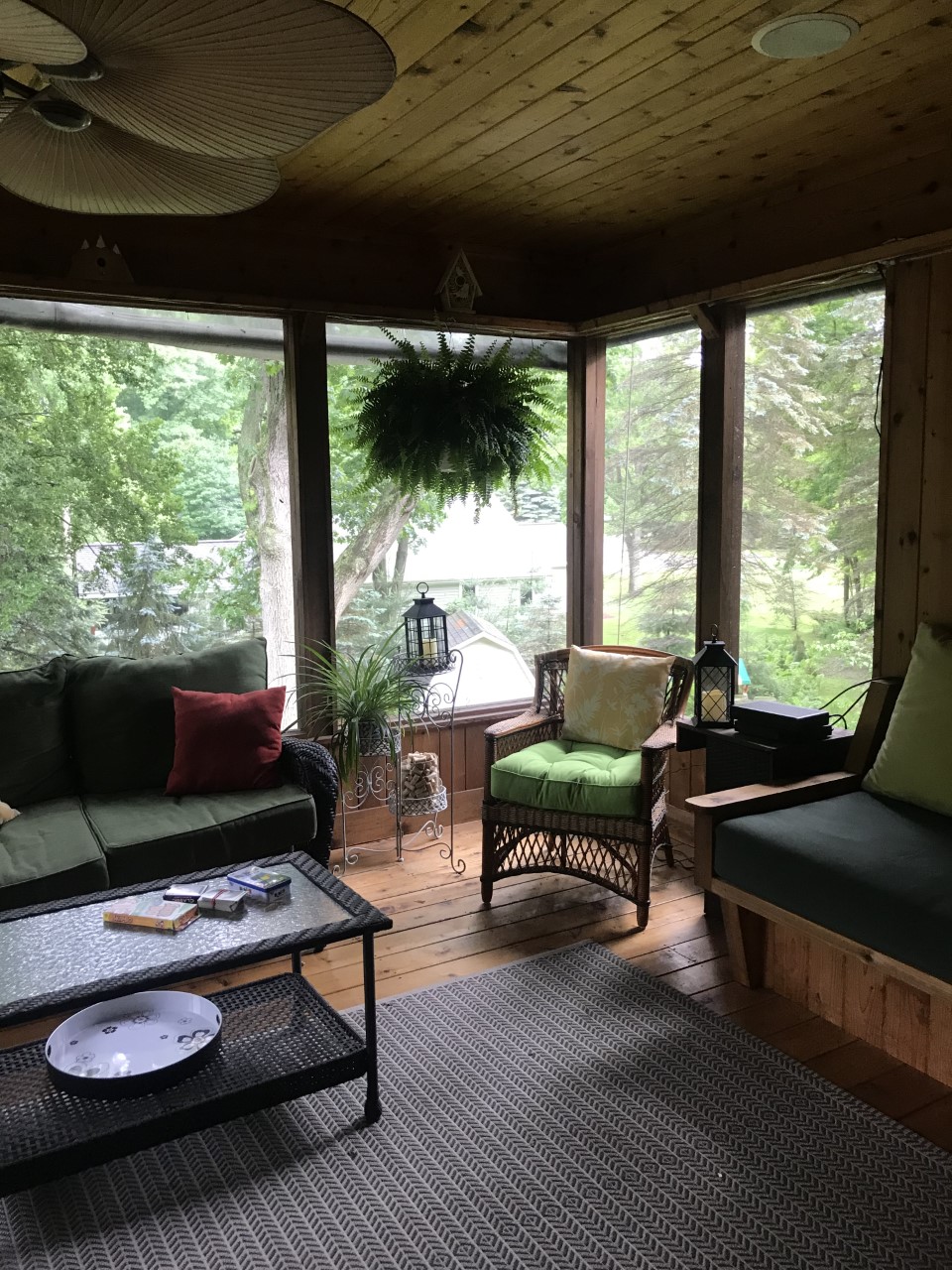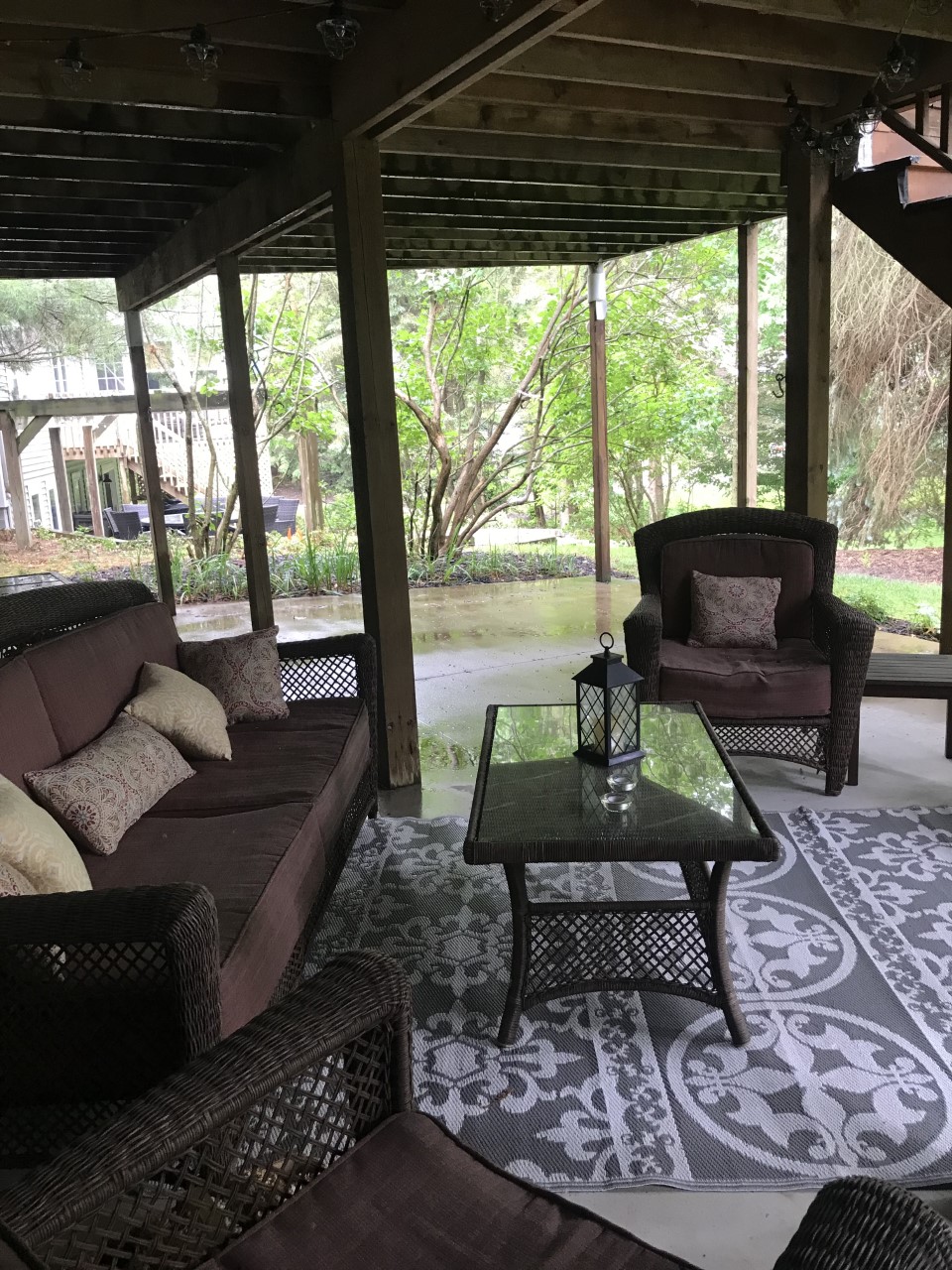Course Correction
Ken and I traveled halfway across the country on vacation recently, using our car’s GPS navigation system to keep us on course. Along the way, if we made a wrong turn or took an unexpected detour, or got off at a different exit, the system got us back on track so we could reach our destination. Our old GPS used to say “recalculating” (in a rather annoyed voice) whenever we made a mistake, so we knew right away that we had goofed. But this new system is more patient and doesn’t comment on our errors as it quietly guides us back to the right road.

While driving those long hours, Ken and I reminisced about our long journey together for these (nearly) 54 years. We both admitted to making some dumb decisions over the years, whether in haste, or fear, or perhaps a lack of trust in God. We wished we had chosen differently, or had waited, or had asked for advice and help. Yet in hindsight, we saw that God, like our GPS, faithfully got us back on track, even when it meant navigating some scary, bumpy roads.
My most glaring wrong turn came after I hastily signed a one-year teaching contract. I had finished writing my first novel and had found a publisher who was interested in it. But after I’d waited nearly a year for a contract, the publishing company decided to reject my book. I knew it could take another year, at least, to get that far with another publisher, so I put the manuscript in a drawer and signed a teaching contract. I didn’t pray about it or ask anyone’s advice. To be honest, I was angry with God for the long wait and discouraging result, so I gave up trying to become a writer. I started walking in the wrong direction because I hadn’t yet realized that God had called me to be a writer. It was His chosen destination for me, and He was determined to get me back on track.
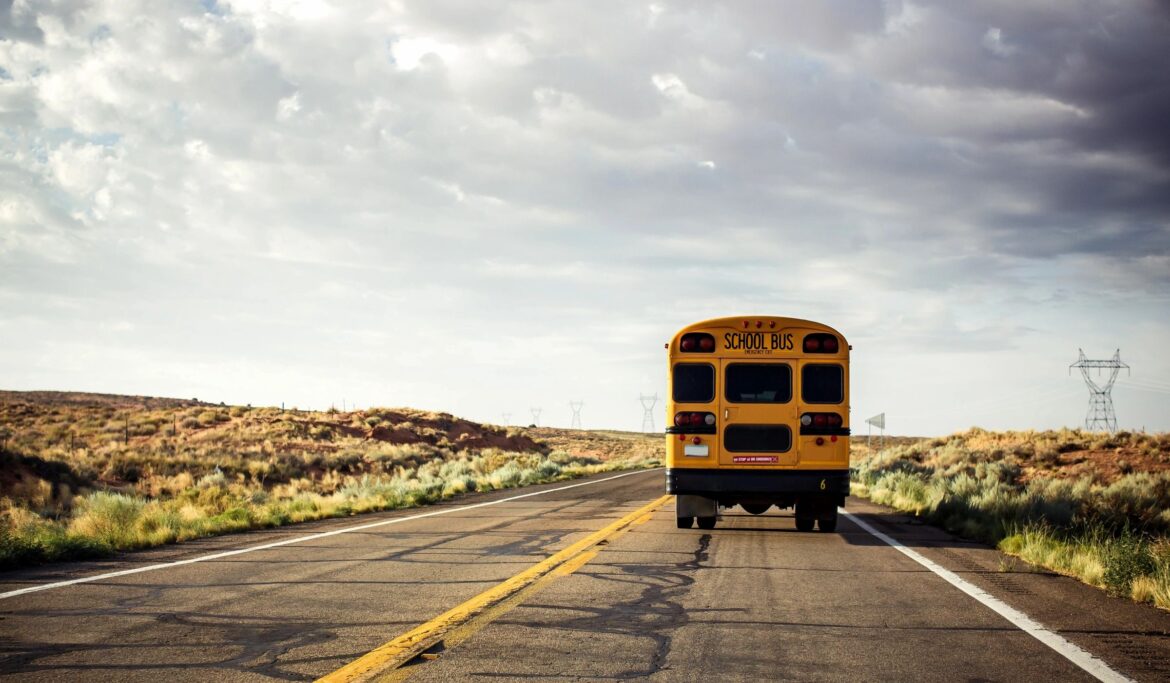
Three times during that year of teaching I ended up in the doctor’s office—with three different illnesses that got progressively more painful. Each time, the doctor told me my symptoms were the result of stress. Several different factors in that school system made that teaching job one of the most stressful experiences I’ve ever had. But I finally got the hint. It was time for a course correction.
I thought of Jonah, who traveled in the opposite direction from God’s calling and ended up in the belly of a whale.
Even from there, God could “recalculate” Jonah’s journey and get him back on track after Jonah repented. I didn’t want to end up inside a whale, so I started writing again while I waited for my teaching contract to end. I began to see success when several of my magazine articles were published. You know how the story ends—with 30 published books, 2 novellas, and 2 non-fiction books. All by the grace and leading of God.

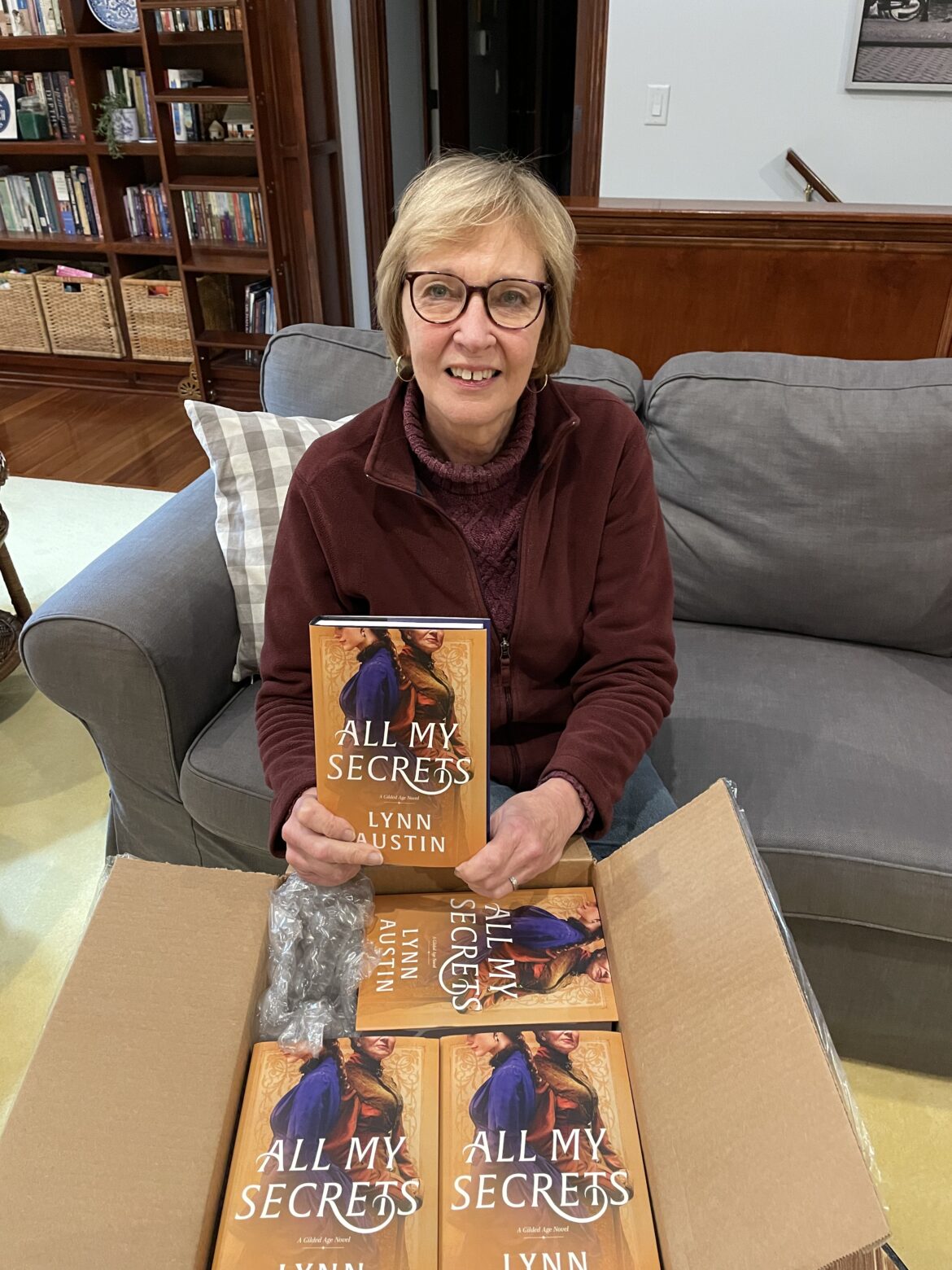
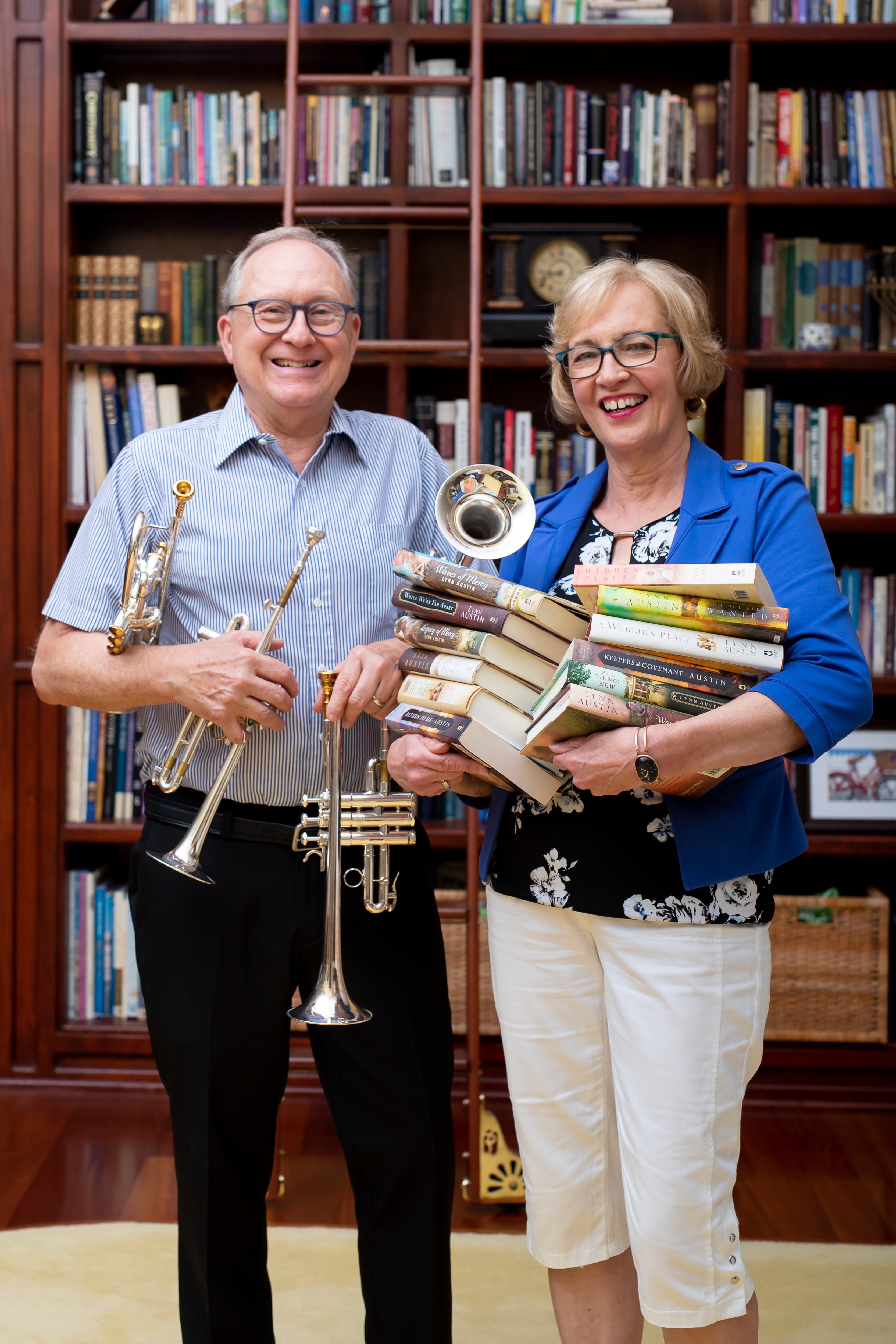
Ken and I thought of a few more examples of God’s course corrections that have occurred throughout our married life. Those detours and the lessons we learned from them are much easier to see in hindsight. But our journey could have been much smoother if we hadn’t taken a wrong turn in the first place. In one of my favorite promises from the Psalms, God offers this guidance: “I will instruct you and teach you in the way you should go; I will counsel you and watch over you” (Psalm 32:8). I just need to remember to ask, and then set my navigation system to His destination.
- 865
- 33
- 0


